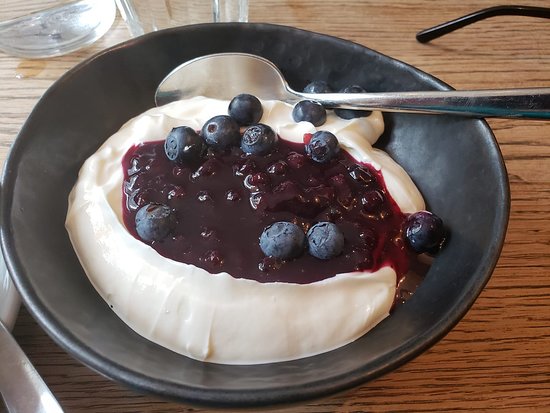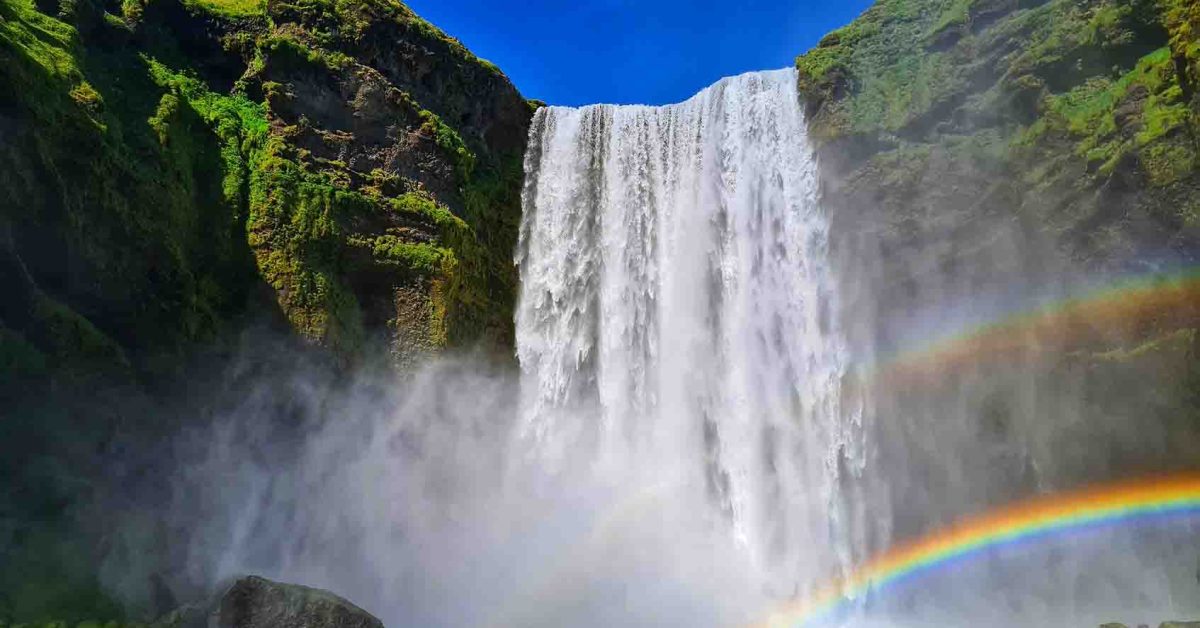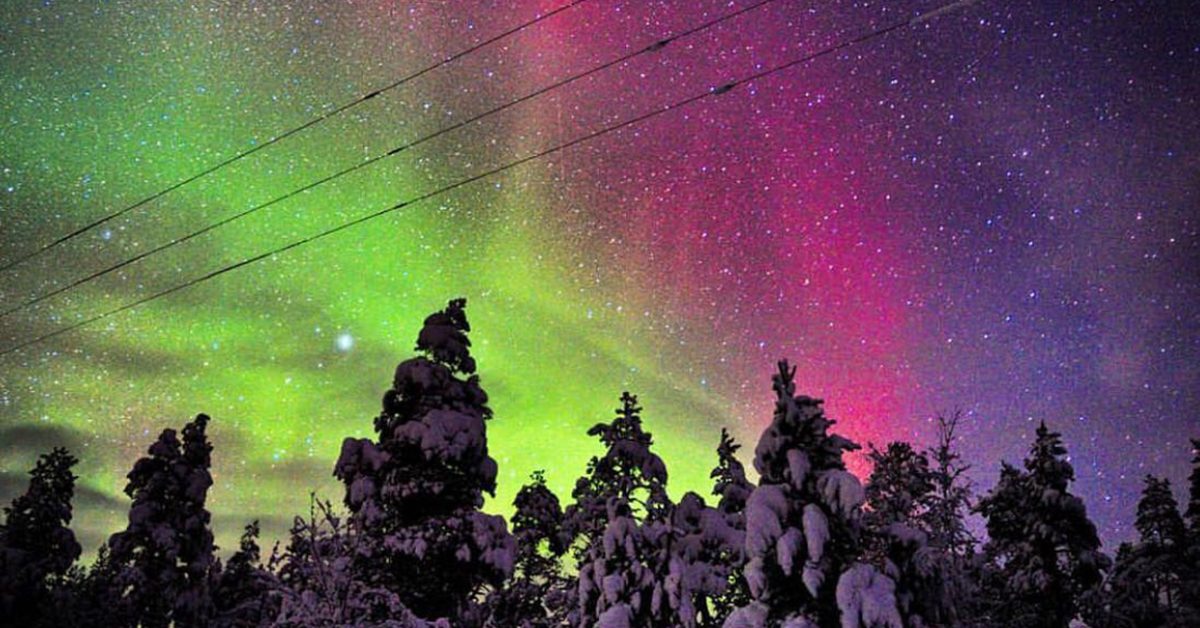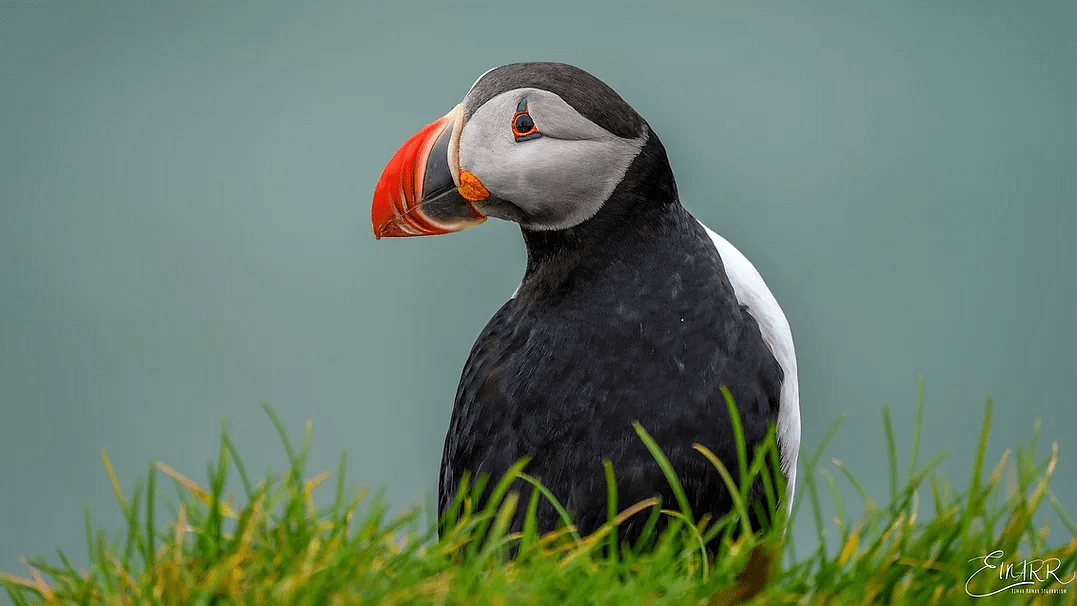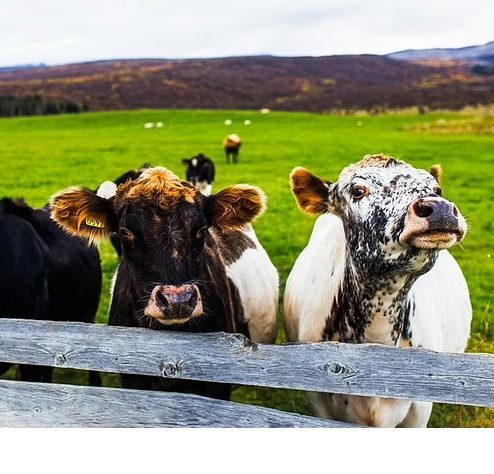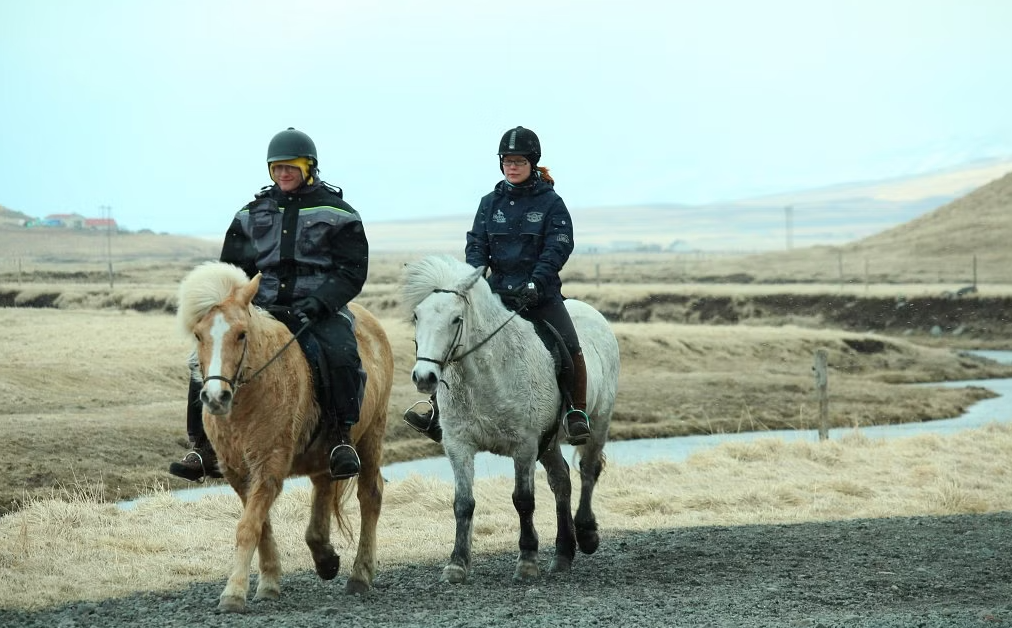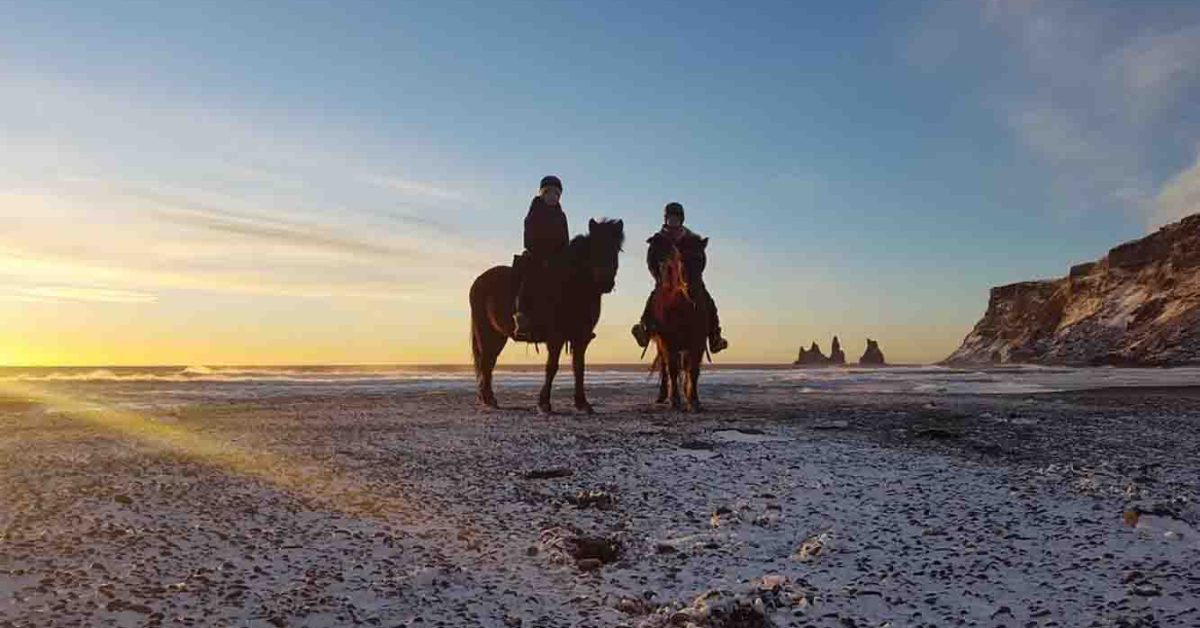7 Viking dishes you will find in Iceland
7 Viking dishes you will find in Iceland
Disclaimer: This blog is purely informative and we do not sustain hunting endangered species of animals for consumption. Seeing these wild animals in Iceland is better than eating them.
Have you ever wondered what Vikings used to eat?
Icelandic cuisine is very unique and different from other countries. It is a traditional cuisine that dates back to Viking times. The thing that makes it unique, or weird as others would say, is that those dishes are deeply connected with nature in Iceland. Because of the rough relief and tough weather conditions and the limited access to other products from abroad, people in Iceland had to adjust their culinary habits to what nature gave them.
Here are some unique dishes in Iceland:
Fermented shark or kæstur hákarl
The fermented shark is part of Icelandic heritage. Nowadays, the fermented shark is not a part of daily cuisine but is more like a tourist food.
Back in time, people needed a way to preserve food during the wintertime so they found a way to keep the shark meat for many weeks.
The way they used to preserve the shark meat is different from how they are doing nowadays but the process was very interesting.
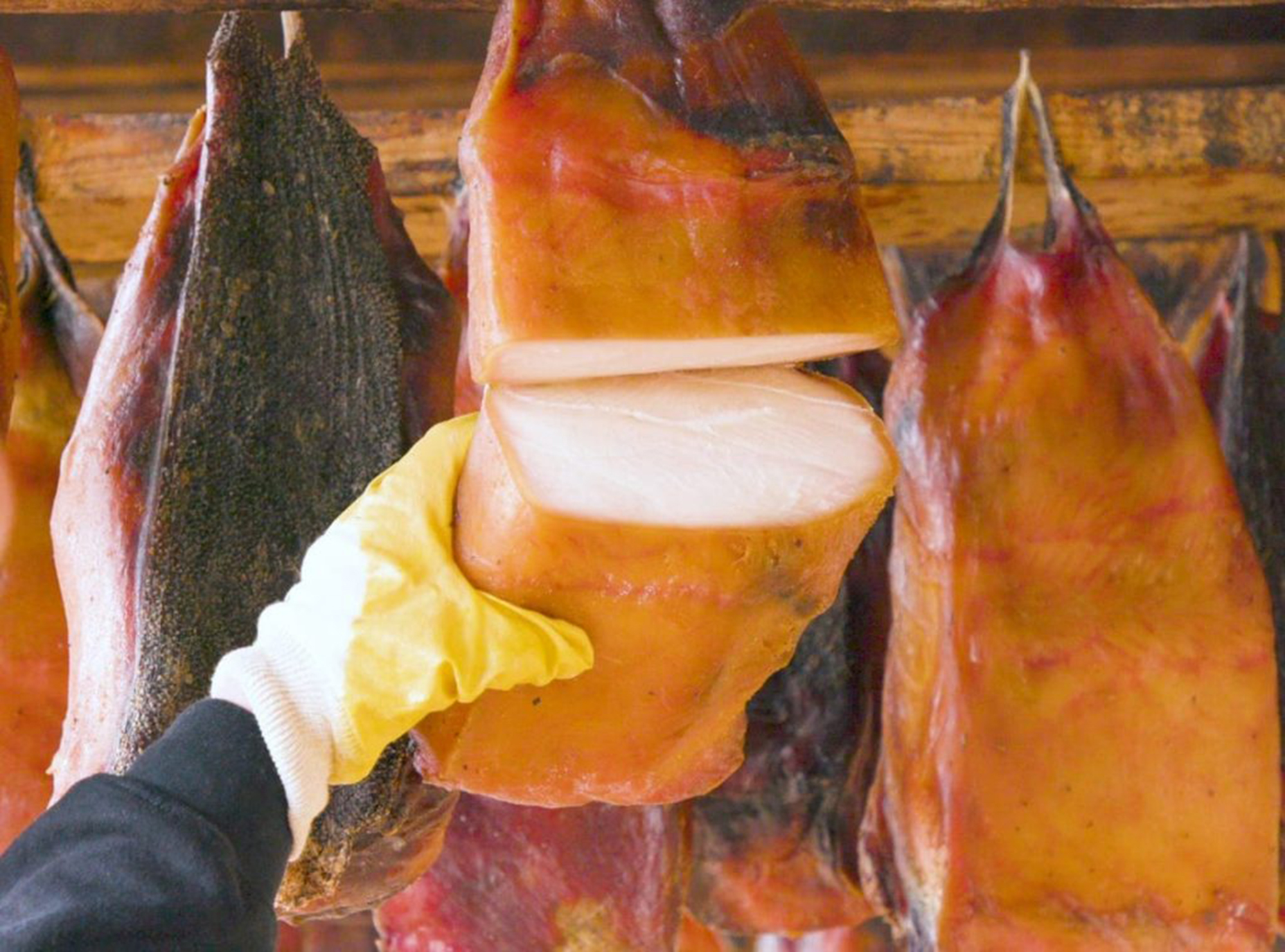
Because of the limited access to food, they used to catch and cut the shark soak it in urine, then bury it in the sand and gravel, and cover it with sand and stones to press the fluids out from the meat.
The shark was kept fermenting for about six to twelve weeks but this depends on the season. After the fermentation period, they cut the shark into strips and hang it out to dry for several months.
After the shark dries it gets a brown crust which is removed and then is ready to be served.
In Snæfellsnes Peninsula you can witness this process at Bjarnarhöfn Shark Museum.
You can find a fermented shark in local stores and is one of the most intriguing of the 7 Viking dishes you will find in Iceland. As I already mentioned, the fermented shark is not in the daily cuisine but it is served by locals at the midwinter festival called þorrablót.
So if you come to Iceland between mid-January and mid-February, you can try it, although is available all year round.
Lundi or Puffin meat
One of Iceland’s symbols, the puffin, is a cute bird that came to nest in Iceland during the summer months.
They used to eat puffin meat bays when coastal communities were struggling to find food and any need to use all the natural resources they had to survive.
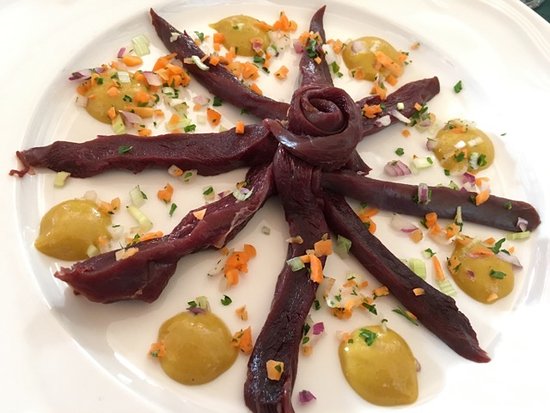
Nowadays, you can find puffin meat on some restaurant menus, but in the past years, the puffin colonies have started to decline so you better book a tour to watch them not eat them.
There are some restrictions regarding puffin hunting. Icelandic coast and islands hold about 20% of the world’s Atlantic Puffin population.
Puffin meat is usually smoked or boiled.
Note that this blog is purely informative and we do not recommend Puffin meat consumption as they are being hunted for consumption. Better go watch them and take pictures of them.
Ram’s testicles and lamb head (Svið)
As I have already said, back in time Icelanders struggled with food because of the tough conditions and they had to use all the natural resources they had to survive.
They used to grow sheep and because of the lack of food, they managed to use all the parts of the animal. Thus they used the ram’s testicles and to preserve them during the winter they had to sour them.
As well as ram’s testicles, Icelanders used to eat sheep heads.
The sheep’s head is cut in half and boiled without the brain. Sometimes they cure the sheep head in lactic acid. They eat the sheep’s head including the eyes which are considered the best part.
People in Iceland do not eat ram’s testicles or sheep heads, but you can find them in some restaurants or during local festivals like þorrablót.
Reindeer meat
Reindeer hunting is very regulated in Iceland. Wild reindeer can be found in East Iceland and the hunting season starts in late July and ends in September.
You will find reindeer steak on the local restaurant’s menu.
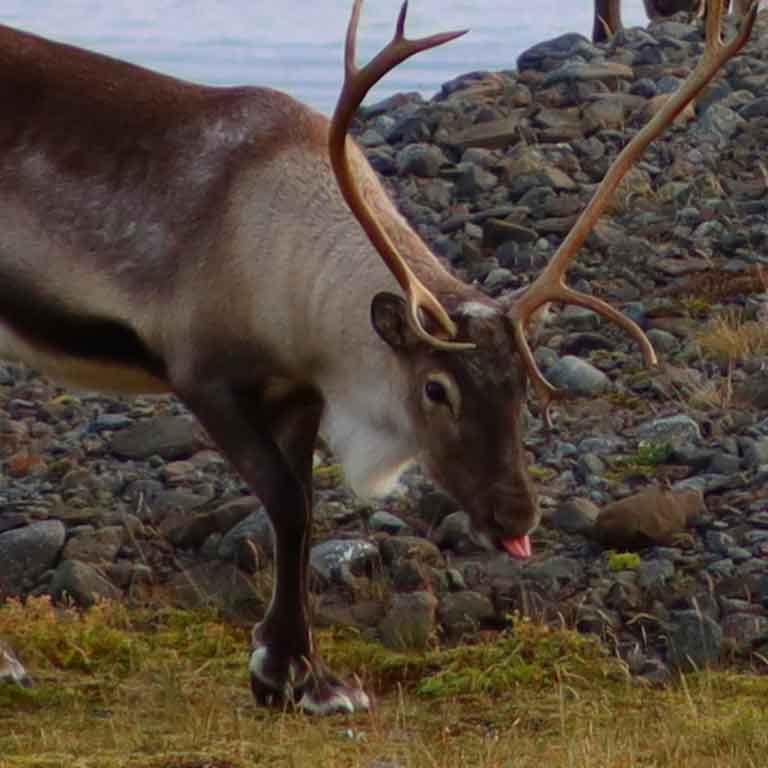
Horse meat
Icelanders use only the weak or injured horses for meat so not every horse they own ends up on their dinner plate.
Also is not an everyday meal but is eaten more often than other types of meat I have talked about before.
The meat is lean and tender and much lighter than beef meat.
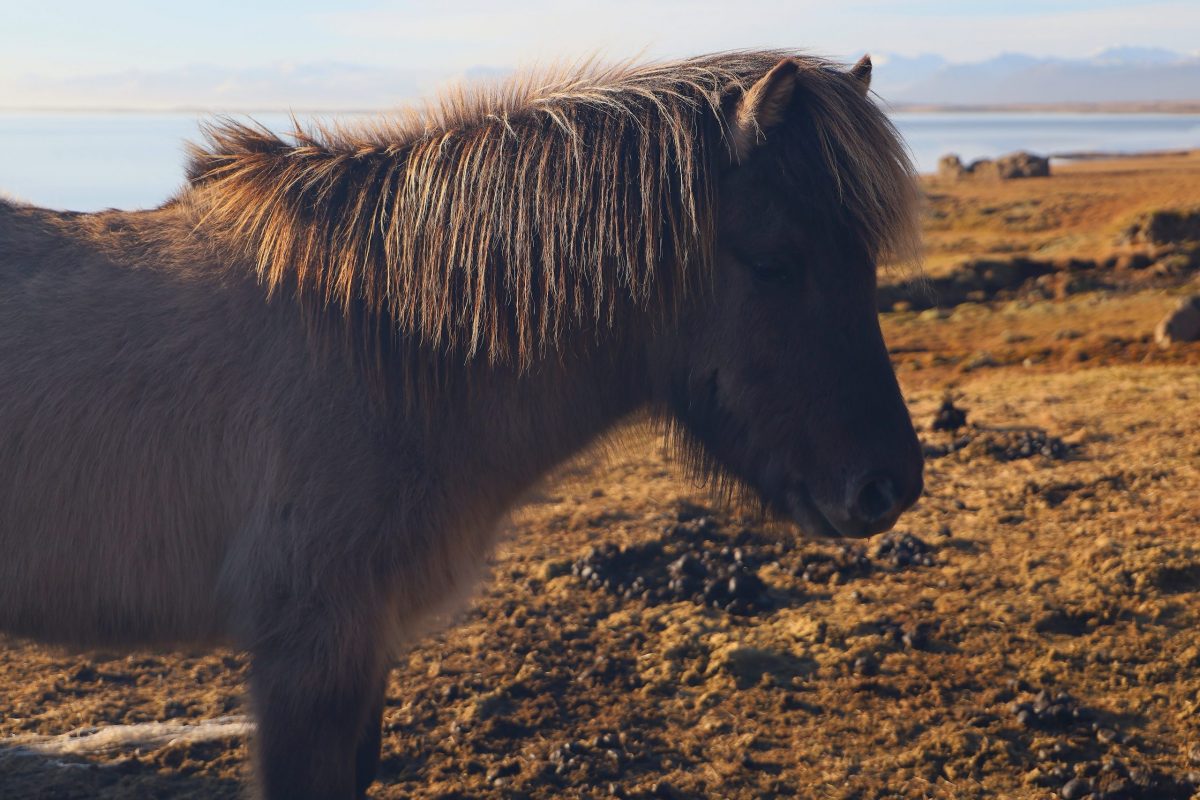
Rye bread
The natural conditions of the relief gave the Icelanders the opportunity to use geothermal heat as an outdoor oven.
That’s how they are baking the rye bread by putting the dough in special wooden casks and then bury it in the ground next to a hot spring and left it there until the next day.
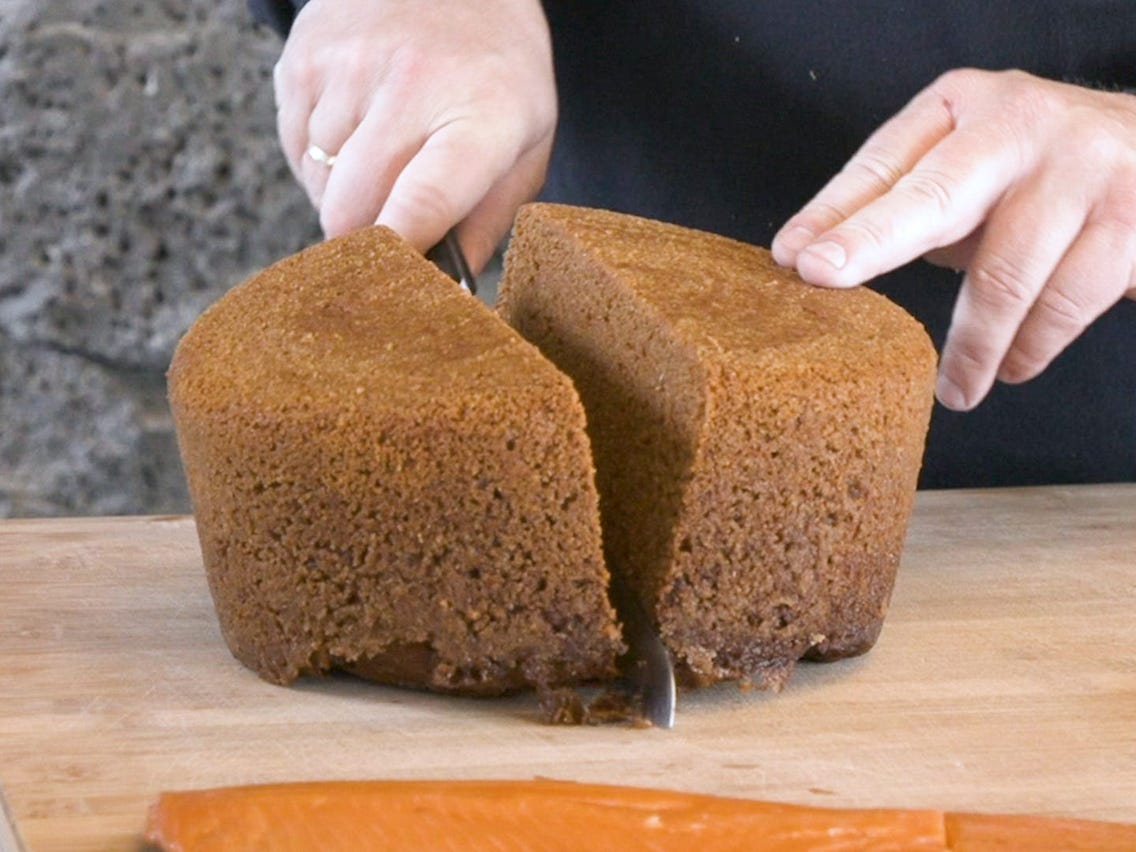
Skyr
Although it has the consistency of yoghurt, skyr is considered to be cheese in Iceland. Skyr is a low-fat dairy product with a rich and creamy consistency. It is an authentic Icelandic product and is consumed both by locals and tourists. Skyr is also used to make skyr cake, which is such a yummy dessert and low-fat. Skyr is one of the 7 Viking dishes you will fins in Iceand that is worth trying, so add it to your list!
